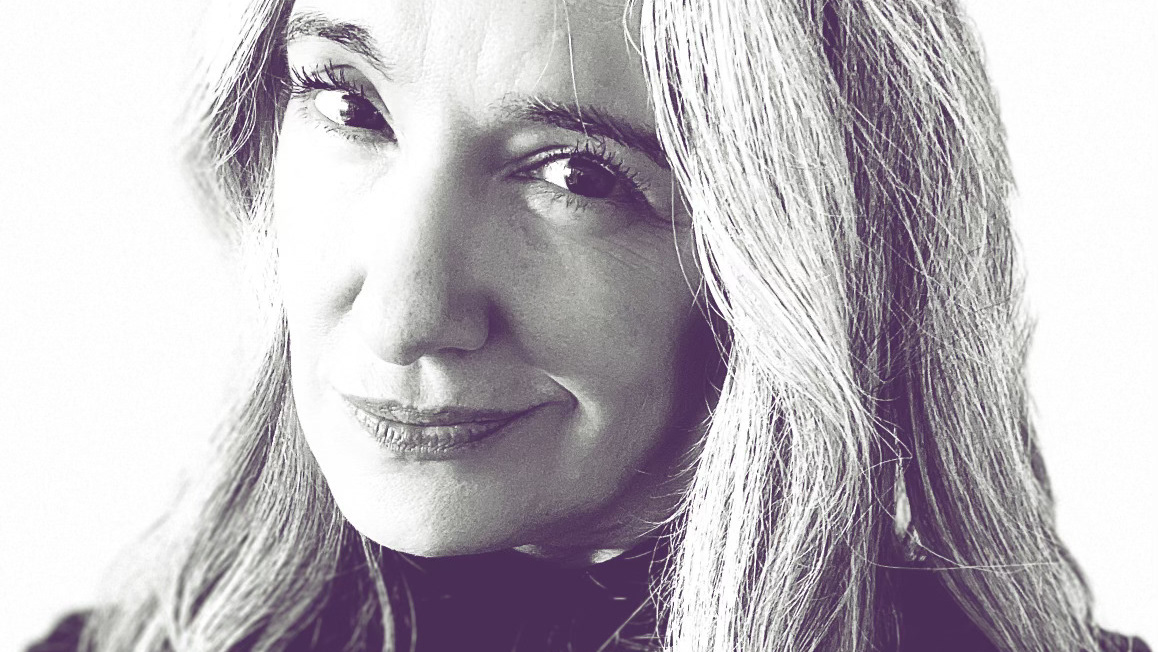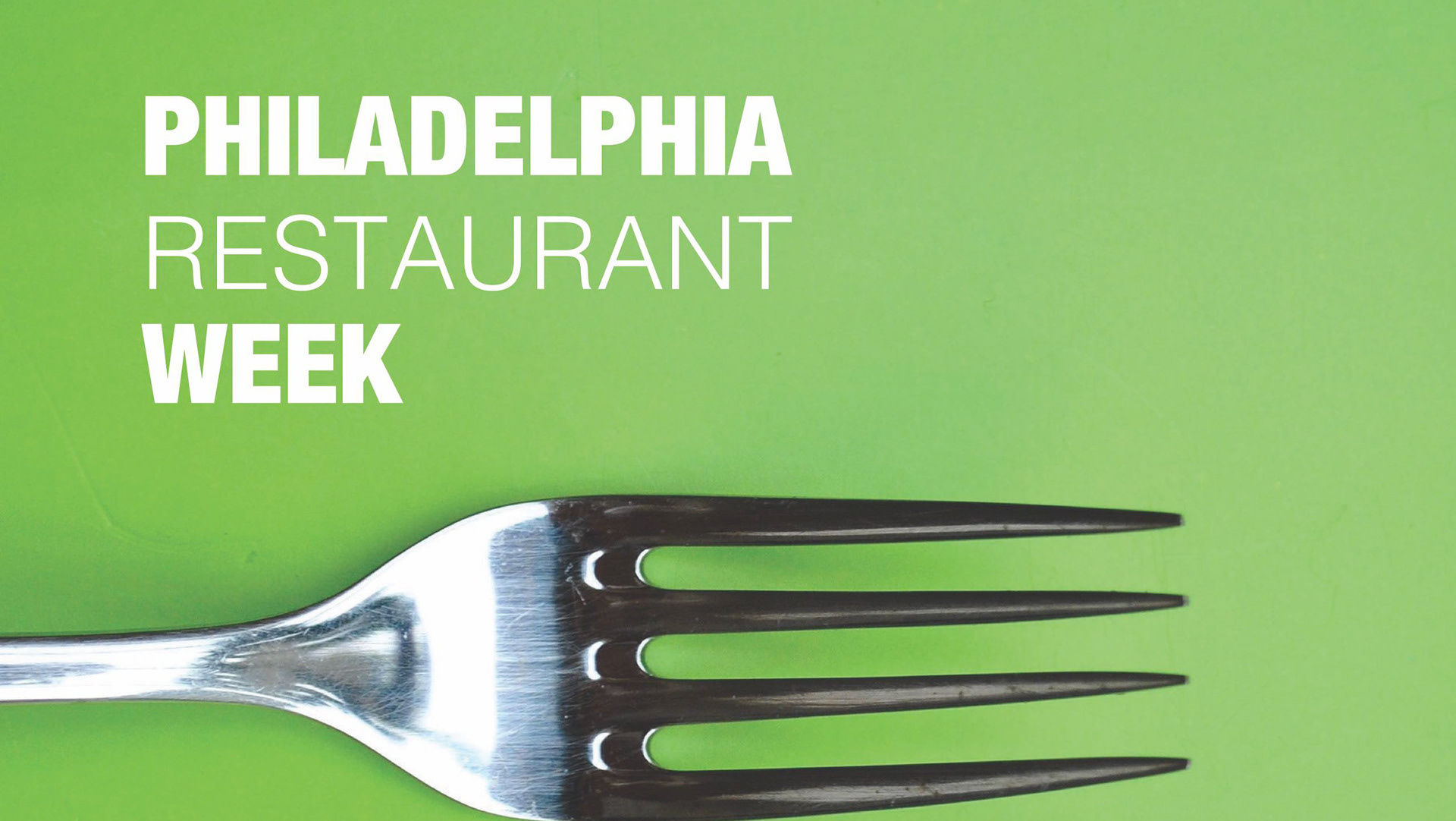Finding Home, Feeling Free (Originally Published in j-VOICE Monthly - 2015)
By Jaidy Schweers, Editor
Identify people in your life who have moved frequently. How about people that have remained in one place most of their lives? It’s likely that images of these people come quickly, and even more likely that one of these types of people is you. The need to stay and the need to go are not unfamiliar to the human psyche. Usually one need trumps the other depending on who you are. And both needs can be stereotypically attributed to certain characteristics; stay = the need for security and permanency vs. go = the need for variety and spontaneity. And my question is how can we satisfy both simultaneously?
Before we answer this question, let us resort to something Freudian. In 1912 Sigmund Freud raised a question about whether or not people are capable of experiencing love and desire at the same time. You may be familiar with his quote, “Where such men love they have no desire and where they desire they cannot love.” He ultimately equates love to security and commitment, and desire to passion and multiplicity. Think of the long-married couple—where love and respect are commonplace but passion is nonexistent. Think of the passionate love affair, devoid of any commitments. The direction this line of thought carries us questions the idea of monogamy, but that’s not where I’m driving us today. Freud’s discussion on love and desire seems to link naturally to our need to ground ourselves to one place, and to our need to find freedom in variety and adventure. It can be a discussion about our psychological sense of home, and our conflicts about staying safe or venturing forth.
This need to feel safe develops from the growth and development we experience in utero. From conception we are nurtured by the very space we occupy. And at birth our space begins to grow; as our senses develop so does our awareness and experience. As babes we learn to walk, and within the first year of life our “space” has transitioned from a womb to the universe. But as we grow up, we see our parents and elders distracted with more than just a need to feel secure. They’re on their phones, talking to strangers, planning vacations, and buying sports cars. Wow! There is so much more to life than eating, sleeping, and being loved! (Thinks the little stout, well-fed two year old.) I am ready to see the world!
We move naturally from and between security and freedom, yet again, it doesn’t ever seem like we can exist too long fulfilling both needs concurrently. So, back to my original question: How can we have both?
We can simultaneously combine the safety and security of being rooted with spontaneity and freedom by being aware of these needs, and by changing what our picture of freedom looks like. Many of us have met our need of finding a home in a wonderful, secure community called Delaware. My husband and I have moved four different times in the ten years we’ve been married. We have been on the GO. Now, we want to stay and maintain the security of our beautiful home in Delaware that sits nestled in the woods, and calls to the neighborhood kids, welcoming friends and family. And we also seek out where Freedom is living and how we can tap into that at the same time. We are still able to find practical outlets of freedom through vacations— keeping track of our vacation time, calculating our budgets, and usually spending too much time on Kayak, AirBnB, HomeExchange, and FlipKey searching for flight deals and dreaming up exotic vacation rentals. Rather than perpetuating a pattern of moving house and home, we create temporary respites of home in other places (i.e., vacations), sometimes lots of them, each satisfying our need for security and adventure.
Through this exploration of needs I have learned this (and not just from Kindergarten): Home is Where the Heart is, and that this common cliché couldn’t be further from trite. Although it may not sound like freedom to some, my family is my heart and my haven, and at the end of the day, wherever my family is, that’s home to me.
The Traveling Daughter (Originally Published in j-VOICE Monthly - 2019)
By Jaidy Schweers
“Travel to two different continents before you ever get married.”
Not the usual advice a father gives his daughter when she graduates from college. But my father was rarely usual.
The words impacted me from the moment they were released from sender to receiver; I can see the words now, spelled out in stretched-out typeface moving effortlessly in slow motion from his mouth, through my ears, and settling naturally into the auditory cortex of my brain. The message propelled me into a race with myself to make global exploration my top priority. I left the comfort of a dysfunctional and childish relationship with a boyfriend behind, and instead found security in the world where I lived, and a peace at being alone with who I was to become.
It was the soundest advice I’ve ever been given. I was raised in a very snug yet limited town just on the plains near the Rocky Mountains, called Greeley. Greeley, Colorado was a lush, tree-filled university town, and when school was in session the population seemed to double in size. It was the town of agriculture, 190 churches, and where young teenagers could be found cruising up and down West 10th Street in their Pintos on Friday nights, smoking Capris and loitering in the K-Mart parking lot in the late 1980s. There wasn’t much said for getting out of your backyard, and despite any boredom which would ensue, the idea of travel didn’t seem to be the anecdote.
My mother and father were not originally from Greeley. I grew up with stories of my mom’s experiences as a child on the East Coast, spending summers at Jewish overnight camps, and later, as a teenager enjoying the beaches of Barnegat Light, or strolling into Manhattan for dances in white gloves and Taffeta dresses. My father’s stories were equally intriguing as he spoke of his youthful days in Alabama catching fish, tying Boy Scout knots and running away for a camp-out with his buddies down near the backyard creek. He would proudly boast “Roll Tide!” despite being kicked out of the university for radical behavior and joining the peace movement of the sixties. He was drafted into the army, traveled to Europe, had one too many obscure nights living in Amsterdam, and eventually settled in Colorado.
I always knew there was more than my hometown.
So, it was reaffirming when my father suggested I see the world.
Because I had a degree in education, I pursued an international teaching job. I went to my first international school job fair in Waterloo, Iowa and spent two full days in and out of interviews with schools from around the world. I initially interviewed with Egypt, Kuwait, and Mexico. I called my parents one night to loop them in on my offers, and despite my father being primarily the one to encourage my exploration, he was also the first one to stymie it: “Darlin’ you’re not goin’ to KUWAIT,” he said calmly in his soothing Alabama drawl. It was 1997, and the stench of the Gulf War lingered unpleasantly for my father. I was still young and happy to adventure anywhere, and I accepted my first position in Mexico City. I lived there for two years and traveled most of Mexico; I fell in love with her. I foraged through jungles, slept in hammocks, and rode horses through forested trails during a Monarch Butterfly migration. I danced with passion in Acapulco night clubs, learned the heated past of Frieda Kahlo and Diego Rivera, and hiked to the top of pyramids built by the Mayans. I experienced acceptance and learned that even strangers could be greeted with a soft touch to the shoulder and a warm kiss on the cheek.
I later traveled and taught in Kobe, Japan where I negotiated transportation using directions in Kanji, watched live Sumo matches in Osaka, and flagged down taxi-cabs with doors that opened and shut on their own. I learned how to perform the sacred tea ceremony, and I purchased beautiful, vintage kimonos at some of Kyoto’s oldest shrines. During breaks I traveled some more—to Bali, Seoul, New Delhi and Agra; to Langkawi, and Bangkok, and Hanoi. I cherished the cultures, the food, the people, and the solitude of at times being surrounded by a sea of people, the chatter of voices, unintelligible only to me.
After two years I moved to Brussels, Belgium, my last teaching position overseas. I lived in a small apartment on St. Gilles street, which was about a ten-minute walk to the Grand Place, a square full of history and architectural beauty that I had never experienced in my life. I bought myself a car and negotiated the sprawling roadways without alarm. I traveled to Spain, France, Italy, and Tunisia. I was a high school teacher and theatre director and chaperoned 12 theatre students to the International Thespian Convention in Nairobi, Kenya. My students, world travelers themselves, taught me even more about the ease of travel and how to navigate the world with little stress and an abundance of joy. Traveling to them was as normal to their lives as eating eggs for breakfast. We walked the streets of Nairobi with locals. We laughed with Masai villagers as we traded our Oprah and Life magazines for their hand-beaded bracelets. We watched, from the safety of our jeeps, a male lion sitting proudly with his kill, and a herd of elephants practicing communal living as they so peacefully do.
During the short six years I spent traveling and living abroad, I secured deep friendships, had poignant conversations, met a cadre of intelligent and productive teenagers, as well as some of the most talented and gifted educators. I learned to cook, became less afraid, understood varying politics and religions, bought myself flowers every week, learned the beauty of silence, and saw some of the most awe-inspiring sites in the world.
In 2003, I returned to the States, was married and started a family. Then when our first son turned 13 . . . we all traveled to Israel.
Thank you, Dad. The journey still continues . . .





